|
When you hear the words Bosnia and Herzegovina (BiH), what comes to mind? Before learning more about this country in the Balkans, when I heard its name, I drew a blank. I knew a war and genocide had recently taken place there, but that was it. Bosnia, like many places in the world, was a country overlooked by the education system I grew up in and a mysterious place forgotten by most of the Western world. As odd as it may sound, I've always found genocide interesting and have been drawn to regions recovering from conflict. So when I heard our group would be studying and visiting Bosnia, I was ecstatic In preparation for our excursion, we read The Cellist of Sarajevo by Steven Galloway and Love Thy Neighbor: A Story of War by Peter Maass. The Cellist is a fictional story told from the perspectives of four characters living under the siege of Sarajevo, the capital of Bosnia. It does a fantastic job of putting the reader in the shoes of someone daily living under war. It also wrestles with the issue of our humanity, how it can be lost amidst conflict, and the journey of the characters as they seek to reclaim it. Love Thy Neighbor, written by an American journalist, provides an informative overview of the history of the Bosnian war, the major players in the conflict, and the role—and failure—of the United Nations and Western countries to intervene. It also bears witness to the nausea-inducing torture and abuses suffered by victims. I've read several books that deal with similar issues, yet Maass’ account may be the most difficult I've encountered. To hear how humans so creatively inflicted excruciating pain on other humans, and even took delight in it, was unbelievable. I was shocked to learn what happened in Bosnia and embarrassed by my own country’s hypocrisy and lack of intervention, saying “never again” about the Holocaust while simultaneously knowing what was taking place in the Balkans and refusing to act. How could this have happened so recently? What does this conflict say about our human nature, our governments, our “development”? When is military force necessary? How do we know when to intervene? Obviously, I only know a sliver of the story. But it was in the light of these questions and this new understanding of Bosnia that we set out to meet the place where these things happened. The Scars of Sarajevo Early last Thursday morning we departed from Budapest, arriving in Sarajevo by the evening. Surrounded by thick, green hills, Sarajevo is Bosnia’s largest city and the place that suffered the longest siege of a city in modern history—lasting 1,425 days from April of 1992 to February of 1996. The days in which, on the other side of the Atlantic, I was born and experiencing my first few years of life. Although Sarajevo has moved forward in many ways with great courage and resolve, the wounds of the war are still apparent. My first awareness of this was in observing the physical city itself. Several buildings and houses are littered with gaping bullet holes, seemingly untouched since the end of the war. Other buildings have sporadic patches where these holes have been filled in, but not yet painted over. These buildings that bear witness to the war stand in confronting contrast to the fresh, brightly painted new buildings that at times looked comparatively garish and out of place. Another physical observation came while driving into the city and seeing the hills blanketed with hundreds of white graves, some of the graves of the 13,952 people that died during the siege. Upon our first glance at this sea of graves, Lauren, a student in our group, blurted out, “There’s too many!” And she’s right. There are too many. The Tunnel of Hope and the Failure of the United Nations The following day we toured Sarajevo’s “Tunnel of Hope.” The Bosnian Army constructed the tunnel during the siege to connect the city, which was under Serb control, with Bosnian-controlled territory on the other side. The tunnel allowed people of means to escape Sarajevo, and allowed food, weapons, humanitarian aid, and other goods to enter the city. The tunnel stretched beneath Sarajevo’s airport, which during the war was controlled by the United Nations. Because one side of the airport was Serb territory, and the other side Bosnian, many civilians who couldn't afford a pass for the tunnel risked their lives running across the airport tarmac. Around 800 civilians died in this way as they tried to escape the misery of Sarajevo or even simply to bring food to their families living on the other side. 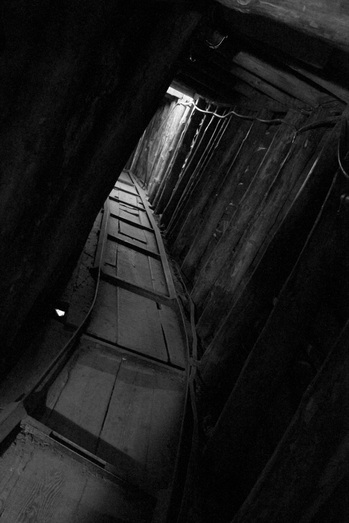 The tunnel used during the siege of Sarajevo. The tunnel used during the siege of Sarajevo. In Love Thy Neighbor we learned how UN soldiers had orders to capture civilians trying to cross the airport and send them back. The UN would often shine a spotlight on the escapees, and then the Serbs, who also kept watch, would shoot them. On the one hand, if the Serbs hadn’t let the UN control the airport, very little aid would likely have reached Sarajevo. It appears that the UN, trying to do the best they could, had to choose between pulling out of Bosnia entirely or staying and operating on the Serb’s terms. The implications of this arrangement were grave, as the UN essentially partnered with the Serbs to kill civilians at the Sarajevo airport. The story of the tunnel is just one way the UN failed in Bosnia. Arguably the most significant, grotesque story of their failure lies with the Srebrenica massacre. The UN designated Srebrenica a “safe area” under their protection. However, they didn't stand in the way when Srebrenica was overtaken in July of 1995 by Serb forces. They didn't intervene when the Serbs proceeded to slaughter over 8,000 civilians, deport 20,000 more, and rape and terrorize others along the way (1). Today, Srebrenica is recognized as “the greatest atrocity on European soil since the Second World War” (1). Before we left the tunnel museum, I spoke with Belma, a historian who works at the exhibit. When I asked her about her feelings towards the UN, she seemed a bit hardened and reserved. Very graciously, she mentioned that it would be wrong to be ungrateful because the UN did deliver food, medicine, and many necessities it was impossible to find in Sarajevo during the siege. However, she emphasized how the UN catered to the Serbs, were complicit in killing civilians, and allowed the genocide of Srebrenica. With a bit of a grieved resignation in her voice, Belma concluded: “they provided aid, but not security.” Growing Up Under Siege Belma also told me about her experience growing up during the siege. She was seven when the war broke out and mentioned that most of her childhood memories are indoors, hiding in the basement or under the kitchen table. She had one year of “real” school before the siege began. After that, she did what most schoolchildren did: gathered in the safest house in the neighborhood and taught by whoever was a teacher in that neighborhood. Belma remembers how damaged the city was; no glass went unbroken, no building went untouched, facades were ridden with bullet holes and shrapnel. Belma’s father was in the Bosnian Army. Once, when he used the tunnel, he brought her back a deodorant stick—a luxury impossible to find in Sarajevo. She told me how she never even used it, she would just smell it from time to time. She kept it for ten years. Sarajevo at Sunset One night in Sarajevo we climbed one of the city’s many hills to watch the sunset and hear the evening call to prayer. While walking, we passed another graveyard, like the ones I previously mentioned: a field of white gravestones, all with dates of death in the early '90s. It was sobering to be confronted, again, with the reality of the war, set against the backdrop of a stunning city and ethereal sunset. Given Sarajevo's history, it almost feels misplaced how beautiful the city is. How could such atrocities happen in this idyllic setting? The skyline dotted with minarets, the Miljacka River winding through the center. It is one of the most beautiful places I've ever been. Yet one can’t fully appreciate Sarajevo’s hills and mountains without knowing their stories. These beautiful hills are the same ones that gave Serb snipers the best vantage point for attacking the city, killing civilians as they dared to cross a street or venture out to find water. To see these hills, to walk these streets, to sleep in this town… it begs the question: twenty years ago at this moment, what was happening? How did things look? What shells were exploding, what snipers were firing? It was sobering to freely walk around Sarajevo in peace, knowing what has recently taken place here. Even more sobering is to see and meet locals, knowing what they lived through—and potentially participated in—such horror. Bosnia isn't a fictional story. These are real people, and this city is their home. The people and home the rest of the world ignored during Bosnia's darkest hour. BiH Part 2, sharing about our visit to Mostar and the need for economic development in Bosnia, is coming soon!
0 Comments
Leave a Reply. |
Archives
May 2017
|
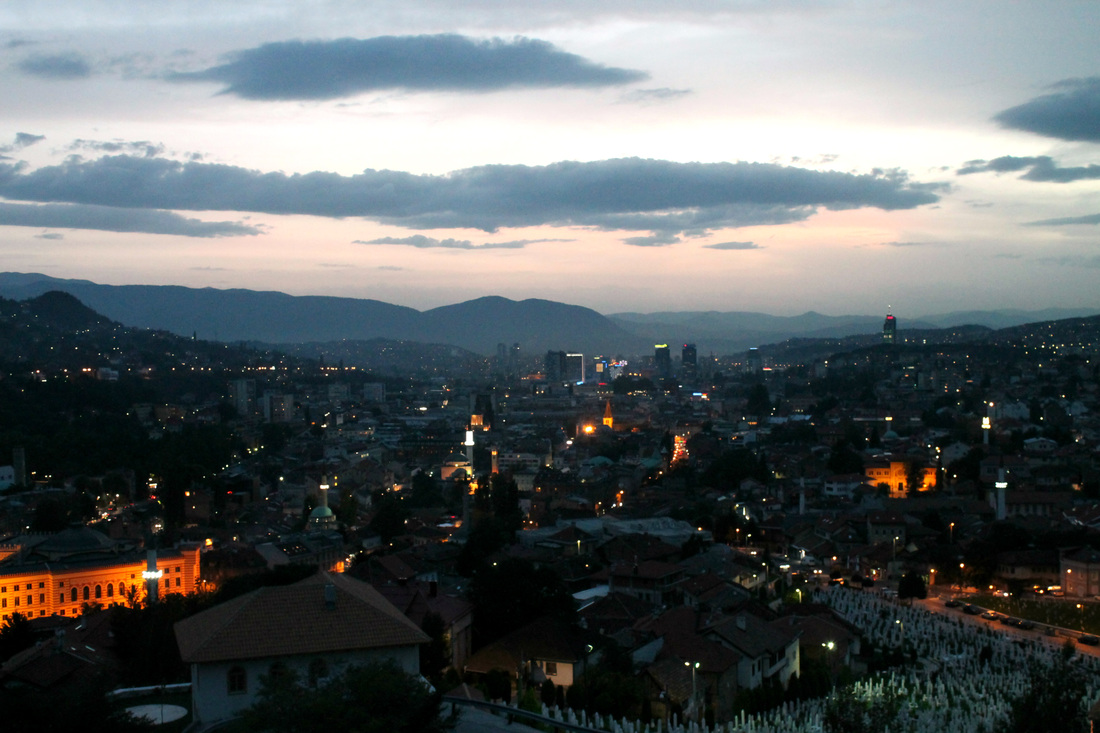

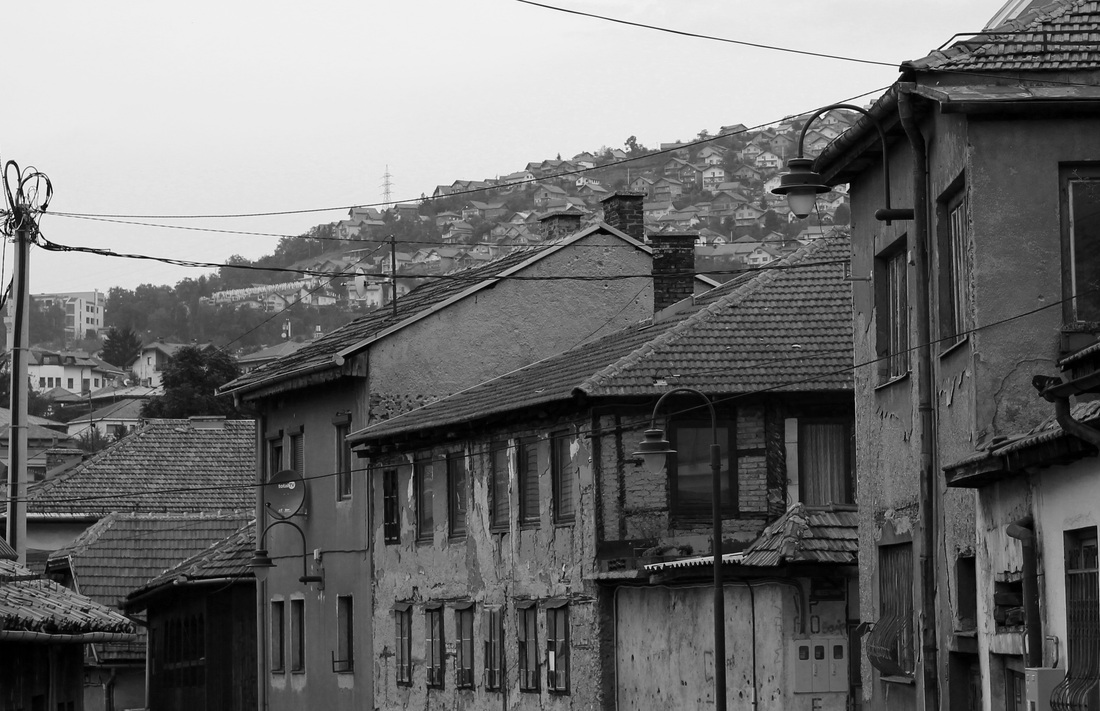
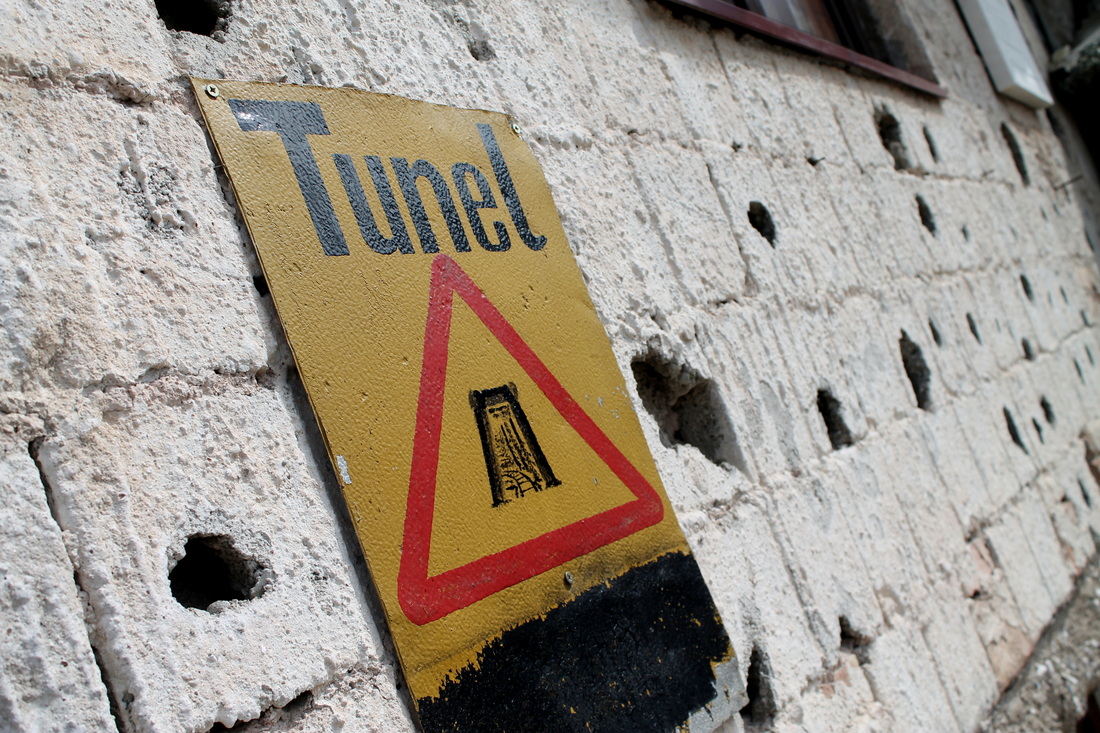
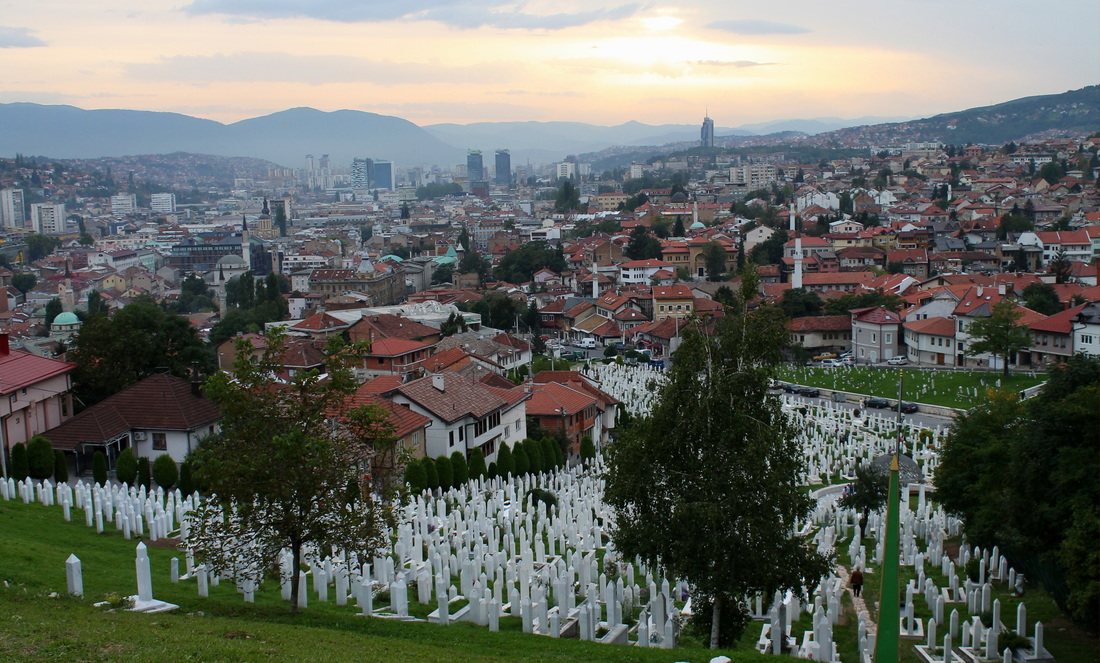
 RSS Feed
RSS Feed
